 HTML helping functions
HTML helping functions

Jacques TUR
Acess Ninox functions directly from HTML/JavaScript
callNinoxFunction
The callNinoxFunction function allows you to call a Ninox script from JavaScript code. This integration provides great flexibility for interacting with Ninox, particularly for:
• Sending the value of an input field,
• Executing actions during events such as onclick, onfocus, onblur, ontimer, etc.
Format and Parameters
callNinoxFunction(functionName, htmlElement, ...args)
Return value :
The function returns the value returned by the called Ninox function.
Description and Functionality
The main idea is to execute Ninox scripts within the context of an HTML page. Here’s how it works:
This mechanism simulates the behavior of a native trigger while allowing one or more custom parameters to be passed to the Ninox function execution.
Example
1. Defining the Ninox Function
In your Ninox formula, add the following function:
function myOnblur(inputValue : text) do
alert(---
Input of record { this.Id } is { inputValue }
---)
end;
This function displays an alert showing the current record’s ID and the passed value.
2. Integrating the HTML Input Field
Next, insert the following HTML code to display an input field and define the onblur event:
function myOnblur(inputValue : text) do
alert(---
Input of record { this.Id } is { inputValue }
---)
end;
html(---
<input
class="nx-input nx-input--editing"
style="width: 100%; height: 100%;"
onblur="ninext.callNinoxFunction('myOnblur', this, this.value )"
/>
---)
How It Works:
This ensures that the Ninox script myOnblur runs in the context of the current record, as if it were triggered natively by Ninox, while also receiving the input field’s value as a parameter.
Key Points
Want to print your doc?
This is not the way.
This is not the way.

Try clicking the ⋯ next to your doc name or using a keyboard shortcut (
CtrlP
) instead.